Water Sampling
Verification Monitoring
We understand that water monitoring is a critical part of managing a facility or system, and that all results must be accurate and precise to provide the best value.
Ecosafe can assist in monitoring a variety of water system, including:
- Drinking/potable water
- Water chillers/ice machines
- Raw water
- Surface waters
- Ground water
- Process water
- Recycled water
- Wastewater
- Central Sterile Services Department (CSSD)
- Water Treatment Plants
Sampling and monitoring in itself does not mitigate any risk – it simply provides the data from which the team must respond in some way if the results indicate an anomaly or issue. The actual risk reduction / management comes from the responses it initiates (results interpretation and incident response protocols).
Innovations in Sampling
- Reduce sampling time frames,
- Minimise missed tasks / data entry (improved accuracy / effiency)
- Paperless Chain of Custody (COC)
- Provide Proof of Presence
- Build Chlorine heat maps / understand Chlorine decay
- Reporting / Dashboards and Audit trail
Through the use of the Compliance Tool and risk based decision making Clients have been able to reduce their verification monitoring (sampling) requirements by up to 70%. This not only delivers better health-based outcomes for our Clients, but cost effective solutions to their water quality / hygiene management.
Click here to learn more about the Compliance Tool.
Representative Samples
The aim is to collect a sample that is representative of the water of interest (For example, a classroom of 30 students with 15 males and 15 females, could generate a representative sample that might include six students: three males and three females.) A good sample is to be of the same chemical and microbiological characteristics and concentrations from the time it is sampled at Site to the time it is analysed at the laboratory.
All water sampling and monitoring must be conducted in accordance with the appropriate Australian Standards, including:
- AS 2031 – Water quality—Sampling for microbiological analysis
- AS 3896 – Waters―Examination for Legionella spp. including Legionella pneumophila
- AS 3979 – Hydrotherapy Pools
- AS 4187 – Reprocessing of Reusable Medical Devices in Health Service Organizations
- AS 5667.1 – Water quality—Sampling Part 1: Guidance on the design of sampling programs, sampling techniques and the preservation and handling of samples (this includes QA/QC sampling requirements)
- AS 5667.4 – Water quality—Sampling Part 4: Guidance on sampling from lakes, natural and man-made
- AS 5667.5 – Water quality—Sampling Part 5: Guidance on sampling of drinking water and water used for food and beverage processing
- AS 5667.6 – Water quality—Sampling Part 6: Guidance on sampling of rivers and streams
- AS 5667.9 – Water quality—Sampling Part 9: Guidance on sampling from marine waters
- AS 5667.10 – Water quality—Sampling Part 10: Guidance on sampling of waste waters
- AS 5667.11 – Water quality—Sampling Part 11: Guidance on sampling of groundwaters
Sampling Logistics
- How long will it take to deliver to the lab
- Will the lab process on arrival
- Temperature control
- Cross contamination
- Safe from breakages
Sources of Error from Sampling
- Incorrect sampling methodology
- Incorrect sample ID labelling/location
- Contamination of the sample during sampling (cross contamination and localised contaminants)
- Contamination of the sample during transport
- Reactivity of the sample (insufficient/incorrect sample preservation)
- Laboratory errors
Should you wish to upskill your team in these sampling practices, Ecosafe can provide tailored training services.
